Psychology Test Deep Dive
Ability Tests
IQ or General Mental Ability (GMA) has long been one of the best predictors of work outcomes and success. It impacts on how quickly we can learn new things and our ability to recognise patterns in new situations. In an increasingly fast and complex world this is invaluable!
In their seminal review, and meta-analysis of the research literature, Schmidt & Hunter found that around 25% of the success that an individual achieves at work can be linked to their cognitive ability or intelligence.
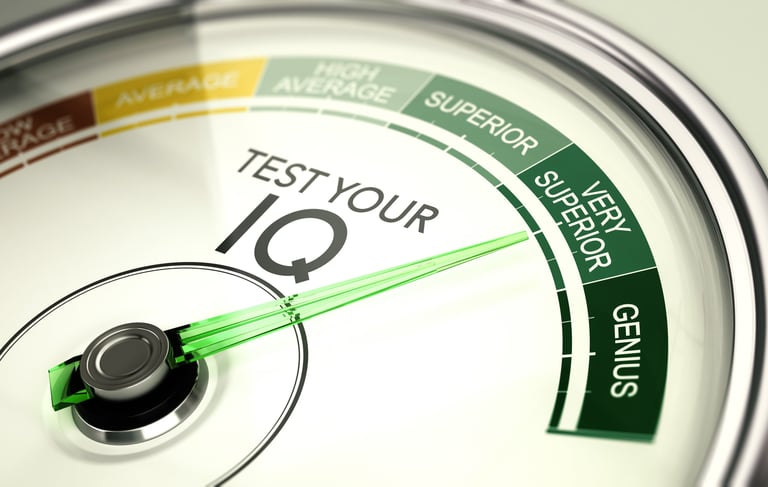

Abstract Reasoning
Abstract reasoning assessment (matrix reasoning) is one of the best measures of general mental ability (GMA). The assessment is one of the most culturally-fair tests of GMA because it is primarily non-verbal so culture and educational impact are minimised.
These assessments typically take the form of a series of geometric shapes which represent a pattern and the test taker must predict which shape comes next in order to complete the pattern. In order to do this, they must work out what rules are being applied to the shapes that determines how they are changing. These rules can range from simple rotations whereby the shapes are rotating in a particular direction, to more complex collections of rules whereby the shapes not only rotate but additional shapes are introduced in a predictable sequence - two or three different types of shapes like triangles, squares, squiggly lines and so on which also change (i.e. getting bigger or smaller, combining together etc.).
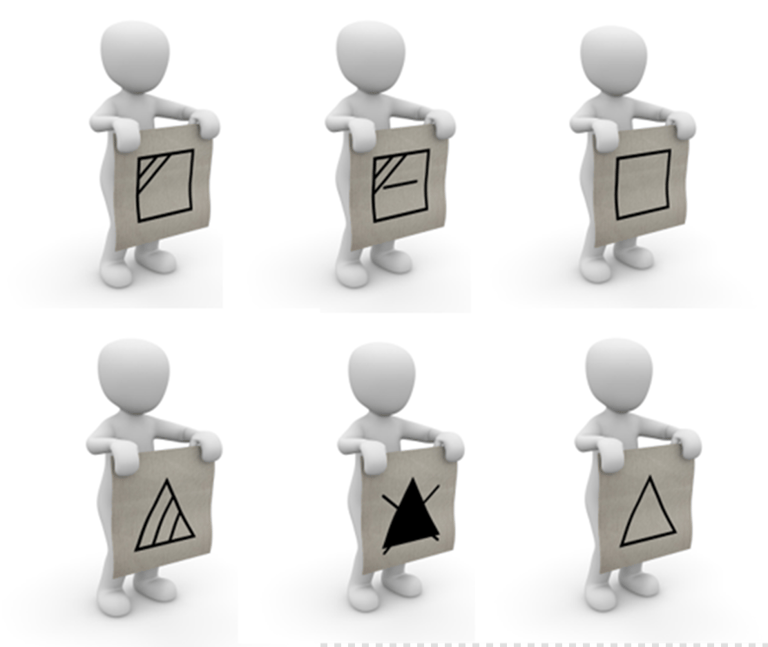

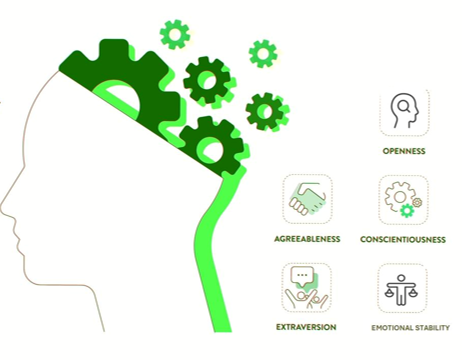

Personality
Research (such as the Schmidt & Hunter work mentioned above) regularly illustrates that personality attributes such as self-discipline, structure, detail orientation, achievement striving and being organised and reliable – collectively known as Conscientiousness – provide an additional bump in predictive power when it comes to job performance, across all types of jobs.
The Big Five Model of Personality is the most widely supported model of personality in research, and is widely used to assess aspects of character and temperament which are important to successful performance in professional and leadership roles.
The Big 5 five factors are:
Conscientiousness
A preference for, and tendancy toward, responsibility, reliability and being hard working and goal-oriented. This factor also describes people who are well-organised and deliver on their promises. These individuals also tend to like to plan and can delay gratification and generally reisist short-term impulses, but this would also depend on the next factor - Neurotiicism, or its more pleasnatly-named flip side - emotional stability.
Emotional Stability
This factor describes being prone to "negative" emotions such as anger, anxiety, and sadness. It also characterises stress responses and certain elements of impulsivity and risk-taking. It also shows up regularly as a statistically significant predictor of work commitment, performance and job performance.
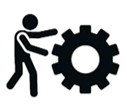



Extravesrion
This factor describes being prone to "negative" emotions such as anger, anxiety, and sadness. It also characterises stress responses and certain elements of impulsivity and risk-taking. It also shows up regularly as a statistically significant predictor of work commitment, performance and job performance.
Agreableness
This factor describes being prone to "negative" emotions such as anger, anxiety, and sadness. It also characterises stress responses and certain elements of impulsivity and risk-taking. It also shows up regularly as a statistically significant predictor of work commitment, performance and job performance.
Openness
This factor describes being prone to "negative" emotions such as anger, anxiety, and sadness. It also characterises stress responses and certain elements of impulsivity and risk-taking. It also shows up regularly as a statistically significant predictor of work commitment, performance and job performaznce.






As well as the broad five factors we can consider combinations of narrower personality traits (such as those illustrated on the left), to build more complex leadership competencies, with the ability to combine personality facets with specific values in action, as well as cognitive and emotional ability,.
For example, a Team Player competency might reflect facets such as sociable, conflict style, and emotional openness, combined with teamwork values (see next section) and the cognitive and emotional abilities outlined in the section above.
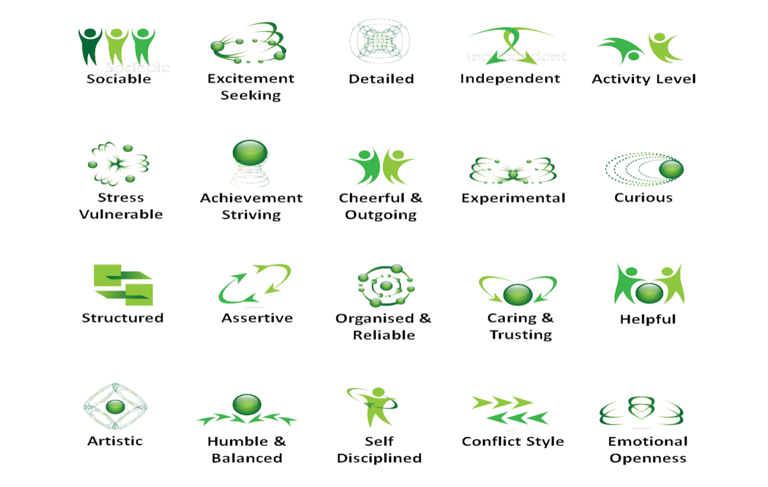

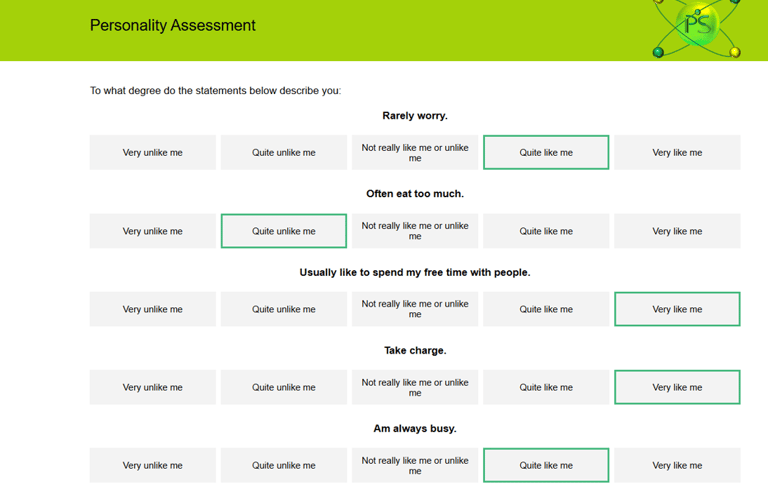

As well as the broad five factors we can consider combinations of narrower personality traits (such as those illustrated on the left), to build more complex leadership competencies, with the ability to combine personality facets with specific values in action, as well as cognitive and emotional ability,.
For example, a Team Player competency might reflect facets such as sociable, conflict style, and emotional openness, combined with teamwork values (see next section) and the cognitive and emotional abilities outlined in the section above.
Values & Motivators
Consistently strong data across the literature illustrates that alignment of values predicts a range of work outcomes:
positive engagement
organisational citizenship behaviour
harmful or maladaptive behaviour

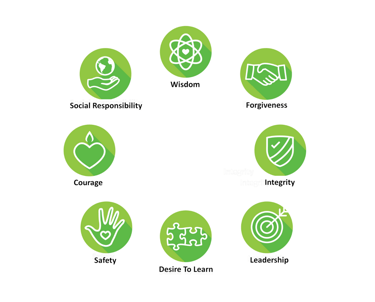
Like personality (and indeed cognitive and emotional intelligence), values are adaptive and help us manage changes in our environment and our interpersonal relations. They allow us to evaluate people, actions and events through our preferences and intentions. A number of studies report that we are more engaged in the work we do when there is a sense of compatibility or ‘fit’ between our values and the work environment – our job, supervisor, and organisation’s values if aligned with our own values mean better commitment, job satisfaction, performance and lower turnover.
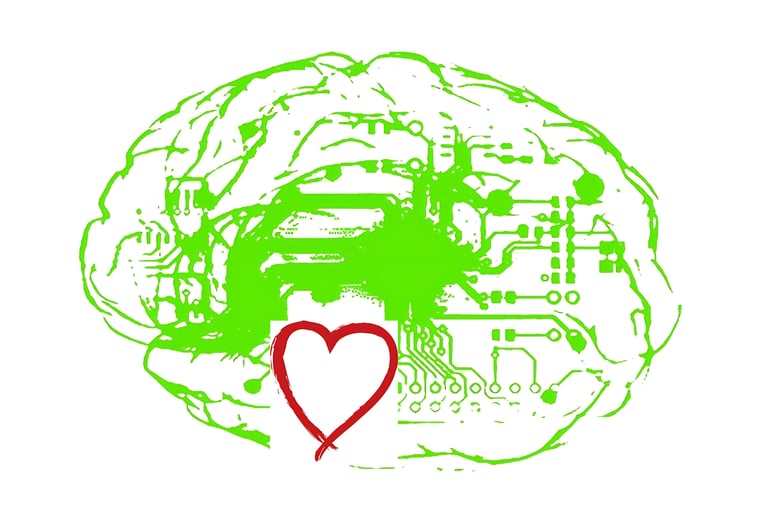

Emotional Intelligence Tests
Having studied and researched Emotional Intelligence for many years, assessments of Ei or EQ can be described as falling into three categories:
Ability models and measures - Actually measure Ei as as set of abilities or intelligences. Example: MSCEIT
Mixed-Model - Tend to be self-report and consider EQ as more of a a trait than an ability. Example: Bar-On EQ-i; Goleman and Boyatzis ECI
Self-report of EI Ability - Consider emotional intelligence as a set of skills or abilities but measure these through self-report assessments as opposed to performance or task measures. Example: GENOS
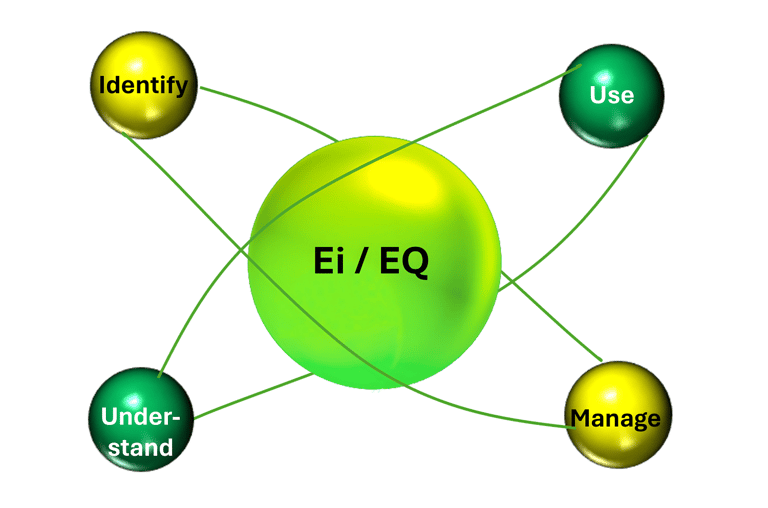

The emotional ability assessment we have created is based on the original EI ability model developed by Mayer, Salovey & Caruso. However, we focus singularly on emotional recognition (ER) or social sensitivity, specifically facial recognition of emotion, as there is an emerging body of literature to suggest that this capability is best described as an intelligence-like ability, which is also linked to collective intelligence and being a good team player.
The test requires you to solve a series of emotional recognition problems presented in the form of photos and short videos displaying various emotional expressions and micro-expressions.
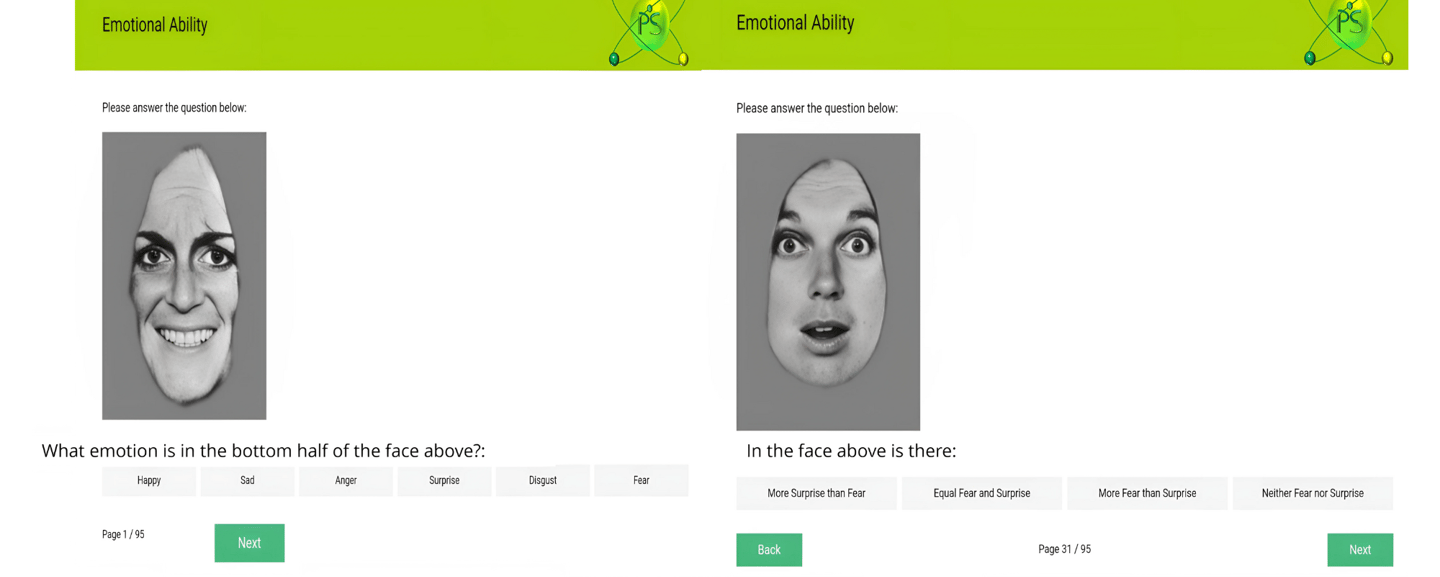

Our emotional ability test and items are based on the seminal methodology and stimulus materials developed by the pioneer in the field of facial expression of emotion – Dr Paul Ekman. These stimuli have been refined and calibrated using some of the most sophisticated biometrics and emotion recognition software in the world
Situational Judgment Tests
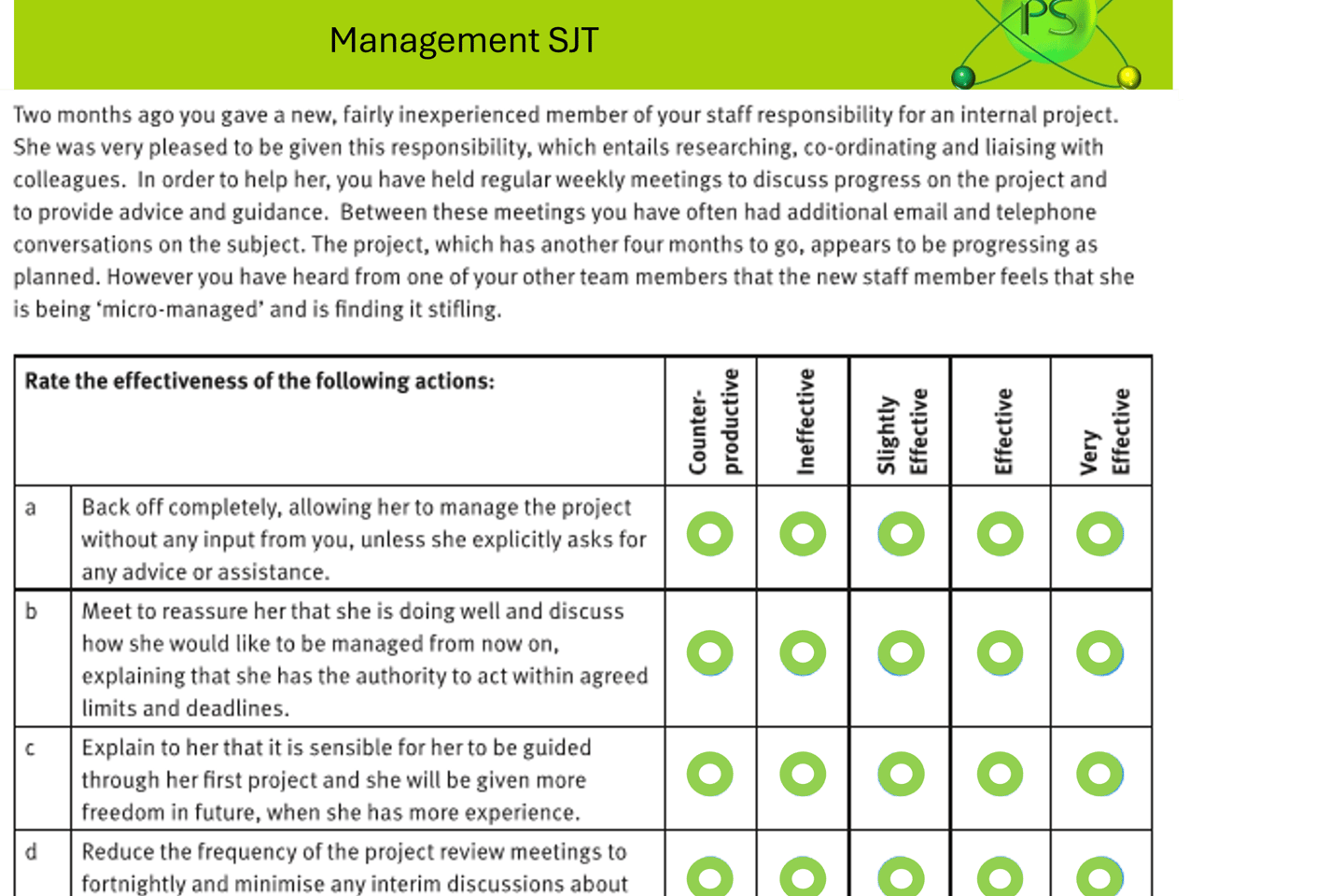

SItuational Judgment Tests are usually comprised of actual work samples in the form of a series of multi-choice vignettes, where the test taker must select from a range of specific responses which have been provided by an expert group.
